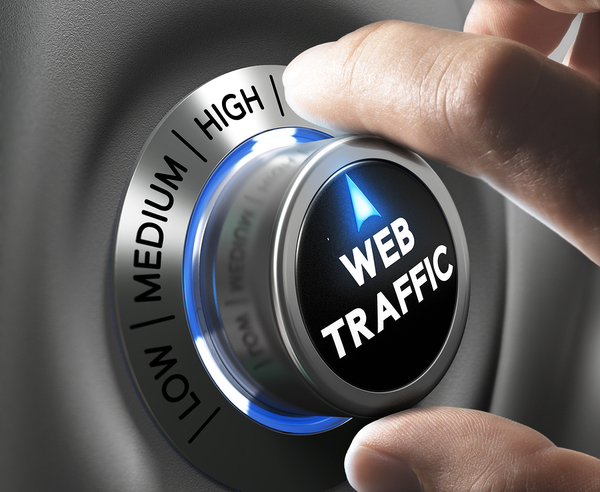Why You Shouldn't Send PPC Traffic to Your Homepage


You’ve heard it a million times, right? Send traffic to relevant landing pages, whether it’s specifically designed for the content/keywords you are bidding on or a specific category or product page.
But, it’s still amazing how many companies send traffic to their homepage – the most generic page on the entire site. This isn’t the best landing page for conversion rate optimization.
Homepages are typically built for returning visitors who already know the brand. They are not great at getting people to complete one action quickly. They tend to overwhelm the user by cluttering with multiple offers.
Furthermore, they may be one large, beautiful image that doesn’t add concrete value to the user experience.
A great starting place for conversion rate optimization is to have a landing page template created from your client. You can quickly change out content, images, and messaging tailored to your ads.
Furthermore, you can test one element at a time. Create multiple pages in a short period of time or last minute. Your landing pages need to mimic your ad content, which will give you flexibility.
Also, it will provide your client with a manageable, bite-size project.
Something within your SEM ad content caused users to click through. Why would you not ensure that same content greets them upon arrival?
How can you benefit from conversion rate optimization? Aligning with the user’s motivation helps ensure expectations are met and bounce/exit rates are down.
Make sure you are giving your users one task and not dozens, such as with rotating image carousels. There should be clear messaging and one next step that points the user to the next action. Maybe that is shopping on a category page, completing a purchase, filling out a lead form, or downloading a catalog.
One of our B2B companies aligned their SEM ad content with the landing page experience and saw a 27 percent increase in online leads.

Messaging and your CTA button should ALWAYS live above the fold. Make this the most prominent area on the page as a conversion rate optimization tactic. We want to draw the eyes to the action that we want the user to perform.
Use a color that is opposite of the background and stands out like a sore thumb – that’s the whole point! Subdued colors and “matching” to your branding have never called attention to an element. Be Bold!
Text and forms should live on top of images. This is a basic law of proximity practice. “The law of proximity describes how the human eye perceives connections between visual elements. Elements that are close to each other are perceived to be related when compared with elements that are separate from each other,” according to The Interaction Design Foundation.
Users get lost when text is below an image and a CTA button follows. They cannot process which elements go with each other.
Don’t only look at CVRs as a measure of success. You may have changed some positive elements for conversion rate optimization. But for some reason, people are “converting” less.
Make sure you are looking at the forest and not just the trees. Look at bounce rates and time on page/site to see where you are making progress and losing your users.
Also, compare your findings across all channels to see if paid search users are behaving differently than your other traffic. If they are, determine why and work on tailoring your messaging and layout for this specific group of users.
Want more information? Read our Top 10 Conversion Rate Optimization Tips.
